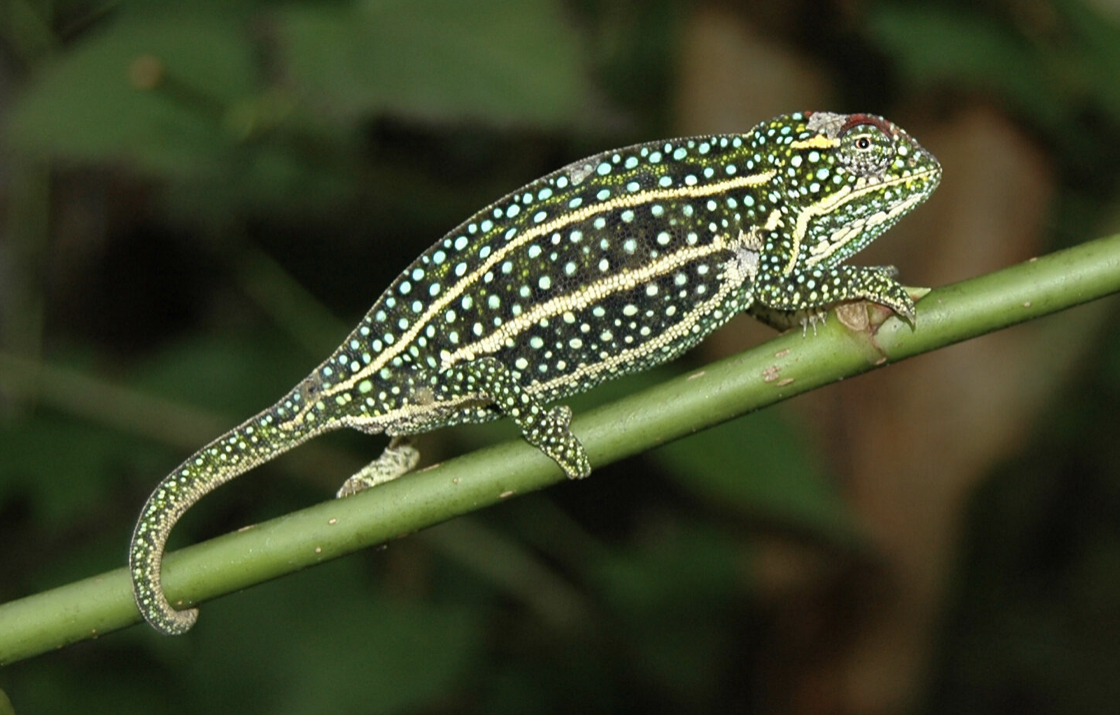Roosting Ecology of the Jewelled Chameleon in Madagascar’s Highlands

In their 2025 study published in Scientific Reports in Life Sciences, Rodlis Raphali Andriantsimanarilafy and Joseph Christian Randrianantoandro investigate the habitat quality and roosting behavior of the jewelled chameleon (Furcifer campani) in the Ankaratra Highlands of central Madagascar. This research offers valuable insights into the microhabitat preferences and conservation needs of a species that remains poorly understood despite its ecological uniqueness.
Study Design and Methodology
The authors conducted fieldwork across multiple sites in the Ankaratra region, focusing on nocturnal surveys to locate roosting individuals. Roost sites were documented with respect to vegetation type, height above ground, branch diameter, and canopy cover. Environmental parameters such as temperature, humidity, and habitat disturbance were also recorded.
The study used statistical modeling to assess correlations between roosting preferences and habitat features, aiming to identify key factors that influence chameleon distribution and behavior.
Key Findings
Furcifer campani showed a strong preference for roosting on narrow branches of native shrubs and small trees, typically 0.5–1.5 meters above ground.
Roost sites were most commonly found in moderately disturbed habitats, suggesting some tolerance to human activity — but only within limits.
Chameleons avoided areas with dense canopy cover, likely due to reduced visibility and airflow.
Temperature and humidity levels at roost sites were consistent, indicating that microclimatic stability is a critical factor in site selection.
These findings underscore the importance of low-stature native vegetation and semi-open landscapes for the survival of F. campani, especially in regions facing agricultural expansion and deforestation.
Conservation Implications
The study highlights the need to preserve mosaic habitats — areas that combine native vegetation with limited human disturbance — to support viable populations of Furcifer campani. It also suggests that conservation strategies should prioritize roosting microhabitats, not just daytime activity zones.
Citation
Andriantsimanarilafy, R.R., & Randrianantoandro, J.C. (2025). Habitat quality and roost preference of jewelled chameleon (Furcifer campani) in Ankaratra highlands, central Madagascar. Scientific Reports in Life Sciences, 6(3), 33–40. https://doi.org/10.5281/zenodo.16895177
This study adds a critical layer to our understanding of chameleon ecology and offers actionable guidance for habitat management in Madagascar's highlands.